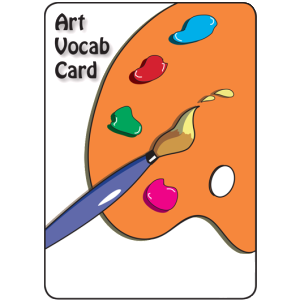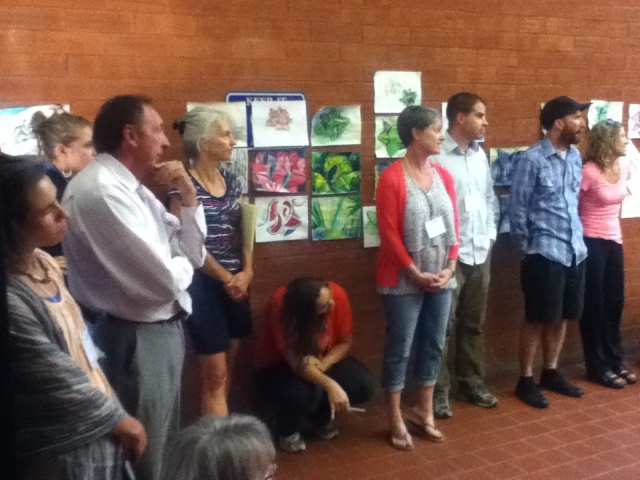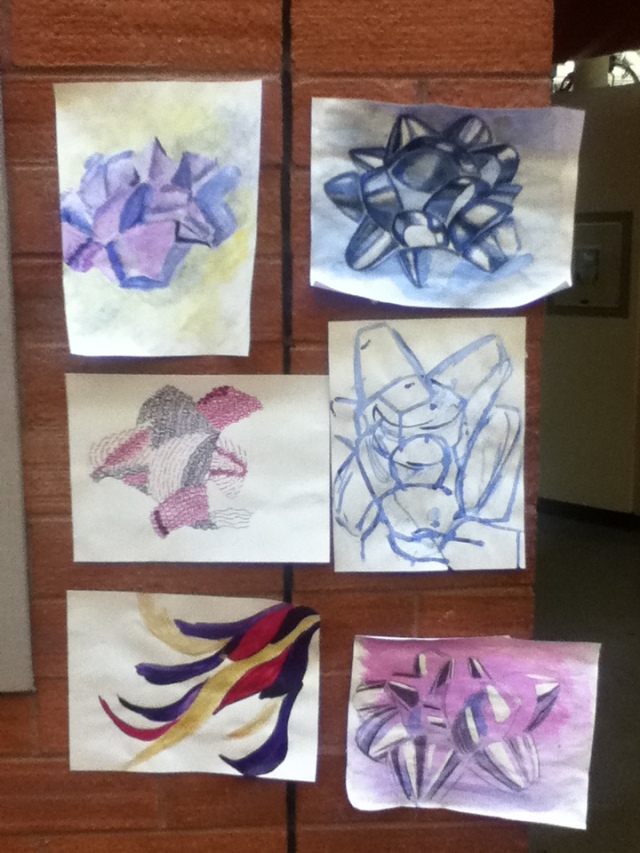I’m bringing back a lesson that has been both successful, and wildly unsuccessful in the past. I’m asking my students to read poetry with me in class, then illustrate the poems as part of the interpretation process. Our goal is to understand symbolic writing, and transfer those ideas into concrete visual images. The transition from words to imagined images to concrete images holds great benefit for every visual artist.
I have selected a series of poems by Stephen Crane that I like for their descriptive language. Crane tends to write about things as opposed to emotions. This provides an low risk entry point for my students.
To begin, I read the poem all the way through. I then read one or two lines at a time, and ask the students to describe what they hear in the poem. We are looking for both surface-level, and metaphorical or symbolic meanings. Sometimes the symbols are obvious, other times, the students must work to understand the poem. I try not to provide answers, but instead ask questions to draw answers out of the students. When we are finished, I have lead them in interpreting the poem. I then ask them to draw the pictures that are in their head. Towards the beginning of the year, I allow them to draw the surface-level ideas from the poem. At some point, I begin to ask that they only draw representations of the symbolism in the poem. Either way, I don’t grade the drawing.
The exercise is presented as a “stretch” for art students similar to warm up activities athletes participate in at the start of practice or competition. This activity is not evaluated like an assignment, participation provides the benefit.
When I used this exercise on a regular basis, I found that my students were able to think creatively. Their projects had a more defined voice, and creative approach to the problems presented. At one point, I assigned this as part of weekly sketchbook homework. My students abruptly stopped participating in the exploration of the poems. It was like pulling teeth to get even stick figures as illustrations. Worse yet, the benefits of the exercise disappeared as well. My students began to struggle to create works with personal voice. They seemed to flail when it came time to create unique themes or images.
When I was talking with a couple of AP students about their high school art experience, they told me that the sketchbook assignments had made them hate drawing. Both students had previously used a sketchbook, and found it very enjoyable. However, when it was assigned as homework, all the fun disappeared from sketching. It wasn’t until the rigor of AP that these girls began to sketch again. At the end of that year I discontinued all my homework assignments, and with them, the poetry exercise.
This year marks a new attempt at using poetry to help students to develop into thinking artists. So far so good.





